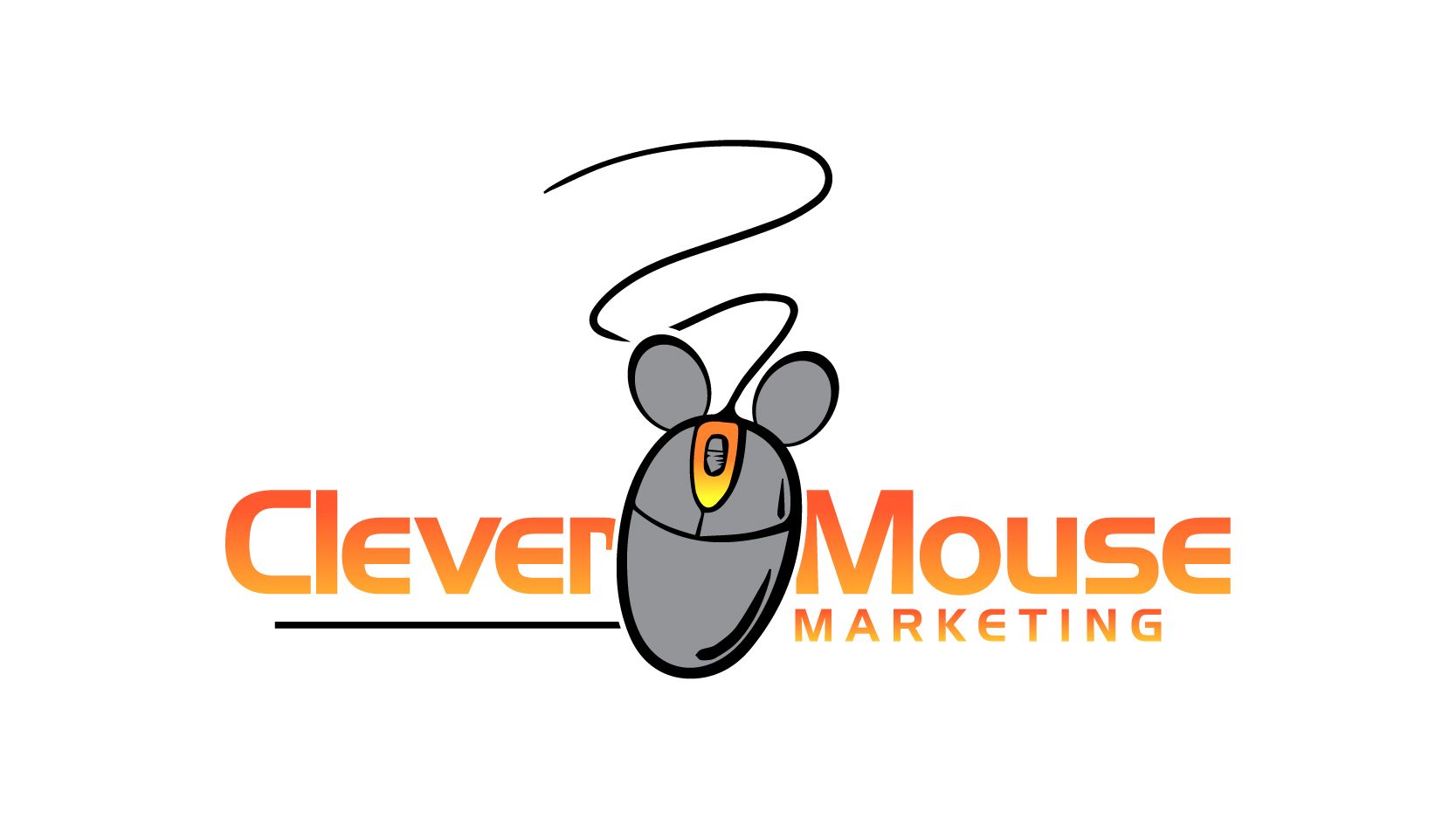Transforming Expertise into Influence
Your YouTube Journey Starts Here
Why Choose Clever Mouse Marketing?
Transform Your Channel, Transform Your Brand
Tailored Strategies
We craft personalized YouTube strategies that align with your brand's unique voice and goals, ensuring every video resonates with your target audience.
Expert Insights
Our team stays ahead of the latest YouTube trends and algorithm changes, providing you with insights that keep your content relevant and engaging.
Performance Analytics
We analyze your channel's performance metrics to refine strategies, maximizing your reach and engagement while turning views into loyal customers.
Where strategy meets creativity and results are non-negotiable.
We specialize in YouTube consulting and channel management for business owners who are ready to grow their brand, build an engaged audience, and increase revenue using the power of video.
With deep expertise in YouTube trends, ad strategies, content optimization, and algorithms, we know how to make your channel work for your business — not the other way around. Whether you're starting from scratch or looking to scale, we develop tailored strategies that convert views into customers and content into consistent income.
In a world where attention is currency, we help you stand out, show up, and scale up. From content planning to analytics, we take the guesswork out of growth and turn your channel into a high-performing business asset.
Let’s turn your expertise into influence — and your videos into value.
Crafting Your YouTube Success
Unlock the full potential of your YouTube channel with our expert strategies tailored just for you. We dive deep into trends, ad strategies, and content optimization to ensure your brand stands out in the crowded digital landscape.
At Clever Mouse Marketing, we believe that every YouTube channel has the potential to shine. Our tailored content strategies are designed to maximize your channel's performance and turn viewers into loyal customers.
Step 1: In-Depth Channel Analysis or Creation
We start by diving deep into your existing content and analytics. Understanding what works and what doesn’t is crucial. We analyze your audience demographics, engagement rates, and video performance to identify opportunities for growth.
Step 2: Customized Content Strategy
Next, we develop a bespoke content strategy that aligns with your brand's goals. This includes content themes, posting schedules, and video formats that resonate with your target audience, ensuring every video is a step towards your success.
Step 3: Ongoing Analytics and Optimization
This is paragraph text. Click it or hit the Manage Text button to change the font, color, size, format, and more. To set up site-wide paragraph and title styles, go to Site Theme.
YouTube is the 2nd largest search engine in the world with over
2.7 billion monthly active users
89%
of YouTube users say they discover new products or brands on the platform.
70%
of users say they’ve
purchased
a product after seeing it on YouTube.
91%
of businesses use video as a marketing tool — YouTube is the #1 platform.
80%
of buyers say video is the #1 format that helps them understand a product before purchase.
Trend Savvy
Ad Experts
Content Optimizers
Ready to elevate your YouTube game?
Let's chat about how we can transform your channel into a powerhouse of engagement and revenue!
Get in Touch with Clever Mouse Marketing
Have questions or ready to take your YouTube channel to the next level?
We're all ears! Drop us a line, and let’s chat about how we can turn your video dreams into reality. Whether you need a quick consultation or a full channel overhaul, we’re here to help you navigate the wild world of YouTube with a sprinkle of wit and a whole lot of strategy.
Contact Us
Please try again later.

